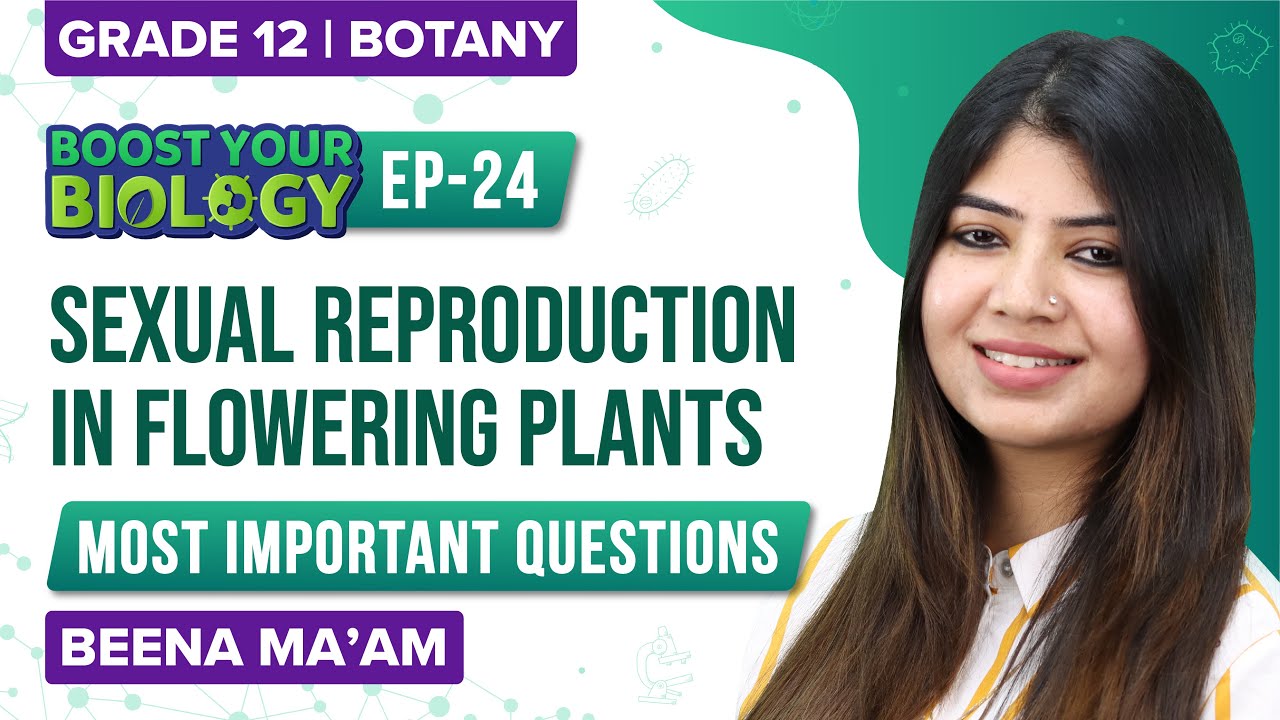Apomixis is the event of an asexual reproductive process taking place instead of the normal sexual processes which involve reduction division and fertilization. This process is widely observed amongst higher plants and such plants are said to be apomictic. Most commonly observed in Compositae, Gramineae, Rutaceae.
1. In many laboratories, active research is on to comprehend the genetics of apomixis
(a) Apomixis generates genetically different individuals
(b) Apomixis is the method to produce seeds without fertilization
(c) Hybrid plants are directly formed by apomixis
(d) Transfer of apomictic genes into hybrid varieties that shall prevent hybrid vigour loss over the years
Answer: (d)
2. Apomixis is a form of
(a) Vernalization
(b) Parthenogenesis
(c) Parthenocarpy
(d) None of the above
Answer: (b)
3. Geitonogamy and autogamy both are prevented in which one of these?
(a) Cucumber
(b) Maize
(c) Castor
(d) Papaya
Answer: (d)
4. In plants, apomixis pertains to plant development
(a) from root cuttings
(b) from cuttings of stem
(c) without the gametes having to fuse
(d) fusion of gametes
Answer: (c)
5. The reason why hybrid seeds have to be produced every year is
(a) hybrid seed industry tends to increase the cost of seeds
(b) hybrid plants turn sterile in coming years
(c) show more heterosis in coming years
(d) hybrid vigour is not maintained in more than one generation as segregation of genes is initiated in the second generation
Answer: (d)
6. In adventive embryony, a type of apomixis, the embryo develops directly from the
(a) Zygote
(b) accessory embryo sacs in the ovule
(c) antipodals or synergids in an embryo sac
(d) integuments or nucleus
Answer: (d)
7. Megasporium is equivalent to
(a) ovule
(b) embryo sac
(c) fruit
(d) Nucleus
Answer: (a)
8. One of these statements about apomixis is incorrect
(a) formation of seeds without fertilization
(b) Meiotic division and fertilization of gametes takes place to form a zygote
(c) Seeds are genetically similar
(d) None of these
Answer: (b)
9. This about apomixis is true:
(a) There is no fertilization involved in both apomixis and parthenocarpy
(b) Apomixis produces genetically identical mother cells
(c) Apomixis is observed in angiosperms and gymnosperms
(d) All of the above
Answer: (d)
10. The difference between perisperm and endosperm is that perisperm:
(a) has reserve food
(b) forms by fusion of the secondary nucleus with several sperms
(c) is a diploid tissue
(d) is a haploid tissue
Answer: (c)
Recommended Video:
Sexual Reproduction in Flowering Plants Class 12 Biology | NEET 2023 Exam Important Questions

Comments